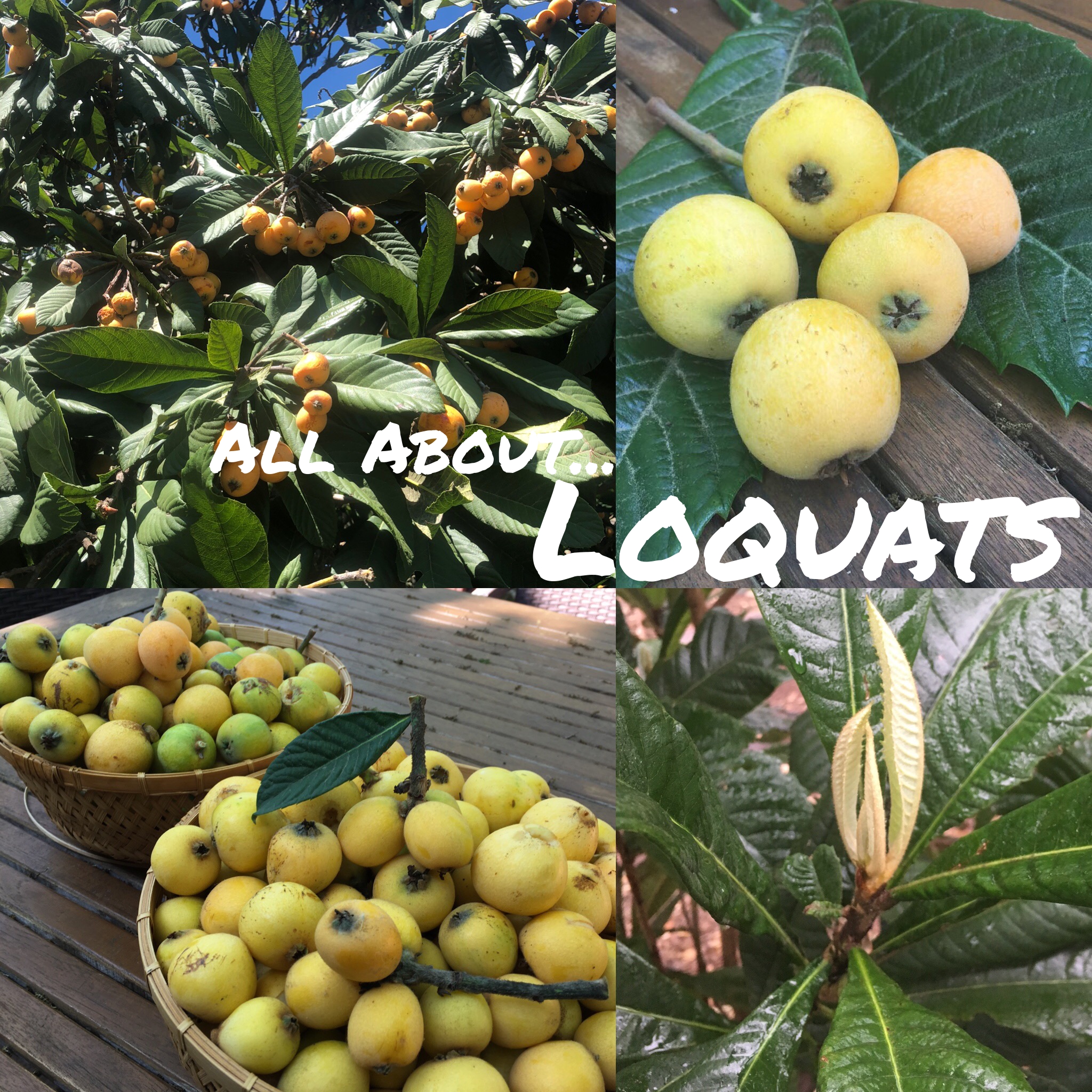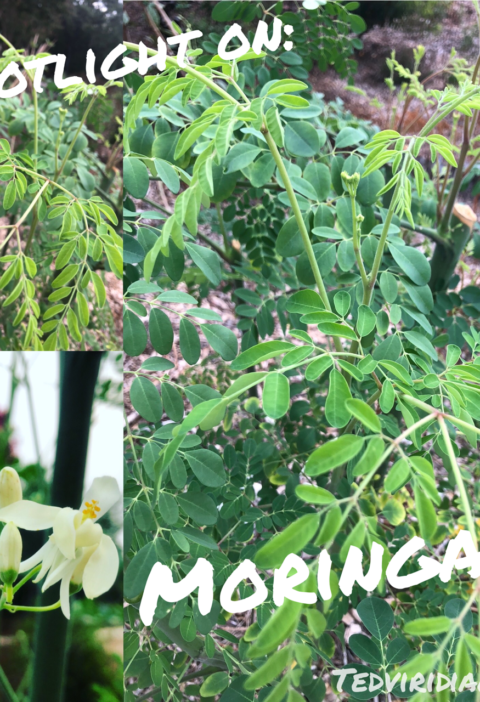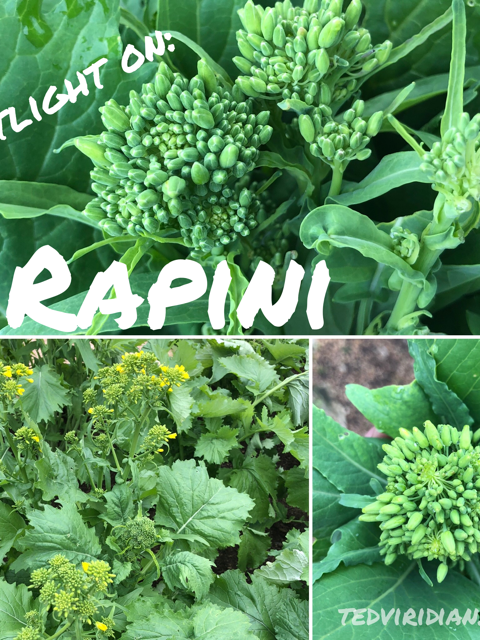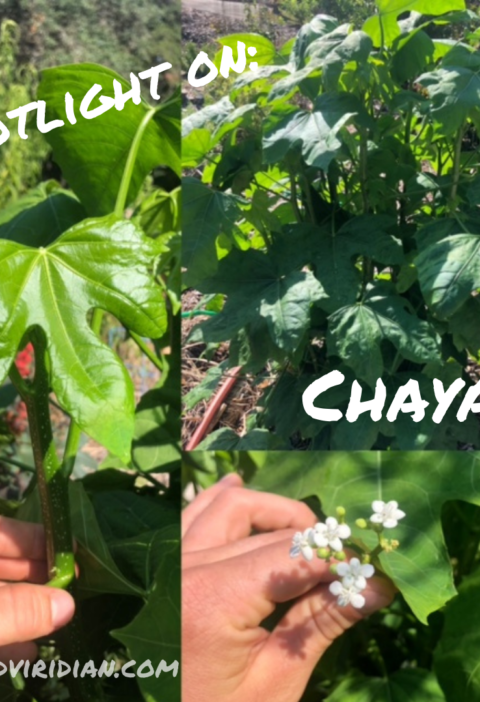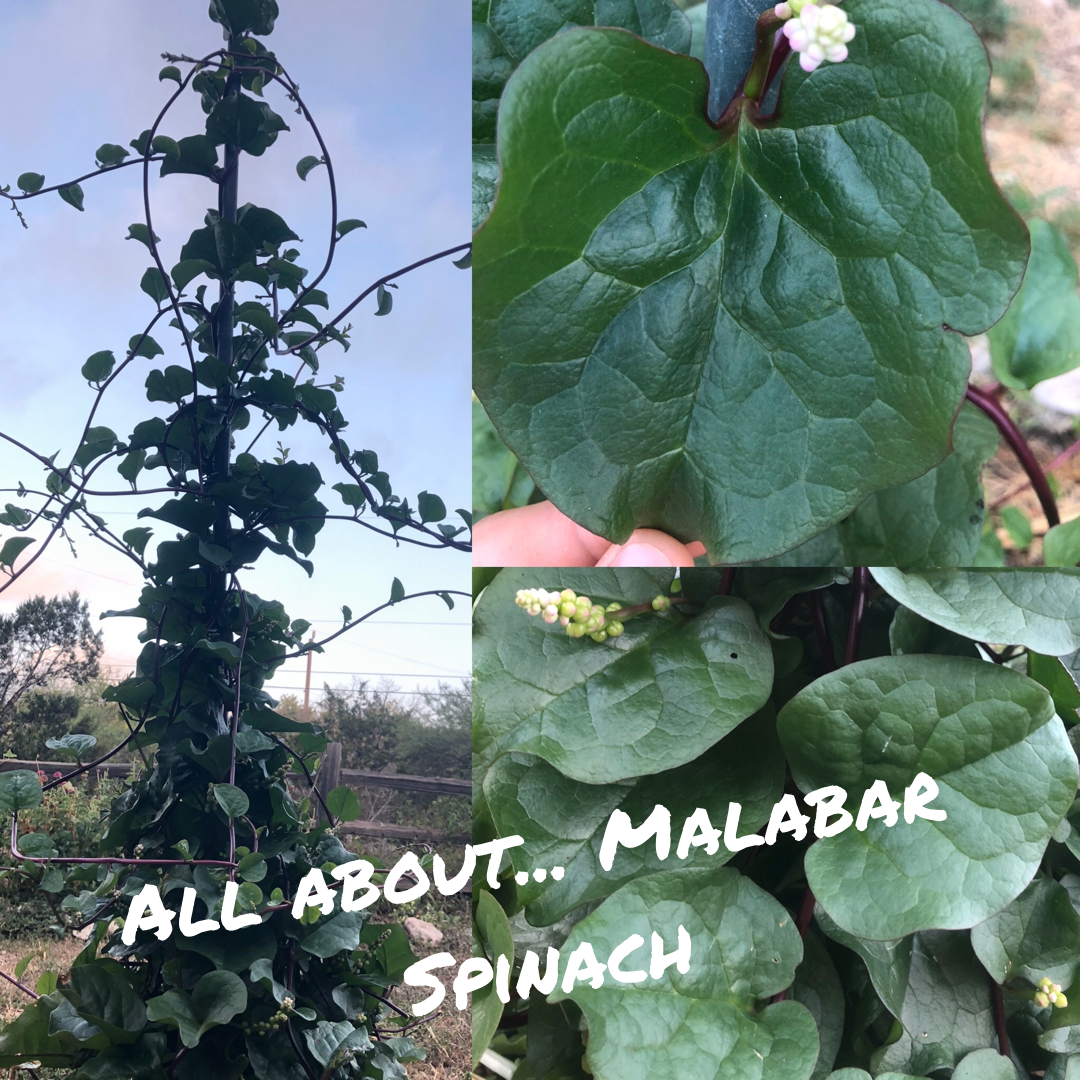
Everybody likes to be in-the-know about fresh, local, and healthy ingredients. But how many people know about this underappreciated fruit, one that might be growing right outside your doorstep?
Know it
The tree that I’m talking about is called the loquat in English and nispero in Spanish, although it has many other common names in both languages (and many others). It’s also known as Chinese or Japanese plum, or Japanese apricot. If you want to get fancy with the Latin binomial nomenclature, this plant’s name is Eriobotrya Japonica.
Despite what the loquat’s common names –and even the Latin name “japonica”– suggest, most botanists don’t think that this tree is native to Japan. Most literature suggests it is native to southeastern China, although it was brought to Japan many centuries ago and has naturalized there. Today Japan is the largest producer of loquat fruits worldwide.
Speaking of names, don’t get confused by the “quat” suffix. Loquats have no close relation to kumquats, which are a citrus fruit. Loquats are actually related to fruits like apples, pears, and stone fruit. Like many other fruits in the rose family, the loquat fruit is what botanists call a “pome.”
Loquats have now naturalized in many warm places throughout the world such as the Mediterranean, Australia, India, and the southern United States. Where I live, in south-central Texas, loquat trees are everywhere. They are planted in many places as ornamental trees and many just grow from seeds distributed by animals . My own backyard has three loquat trees that just popped up by themselves!
These trees can be very beautiful, in my not-too-humble opinion, with large tropical looking leaves and a rounded form. They can grow up to 20-30 feet tall and can be quite a stately looking specimen tree, or could be pruned to keep them small. They could also be planted as a privacy hedge as they are evergreen and grow densely.


.




I


Meet it:
So you’ve never seen a loquat in a grocery store? Neither have I, although they do pop up occasionally at farmers markets if you live in a place with a warm climate. The dearth of loquats in supermarkets is mostly because they have an extremely short shelf life, are too delicate to ship, as well as due to a lack of demand; people just don’t know about them.
Actually, many delicious fruits and vegetables that have been enjoyed for centuries have faded into obscurity because modern supermarkets and Big Agriculture aren’t able to capitalize on them. There is so much variety in flavor, nutrition, culture, and history of these plants that it’s a shame to let them remain unknown! What’s bad for a commercial grower is often not a concern for a home grower. For instance, the short shelf life of loquats isn’t a big problem if you’re going out to your tree and picking them right before using.
You can grow your own tree in most of the US actually, from USDA hardiness zones 7 to 10. However, these trees flower over the winter so if you live in a place that has hard frosts, your trees won’t ever make fruit. Loquat trees themselves can handle temperatures down to 12 degrees F (-11 for you Celsius types), but their flowers drop at about 25 degrees (-4 C).
If you’re lucky enough to live in a warm place, congratulations! Plant yourself a tree or two. Be aware that there are some named, improved loquat cultivars, or you can take a gamble and buy or plant a seedling tree. The named varieties of loquats have bigger, tastier fruit, but grafted trees are often more expensive and harder to find. Seedling trees might not produce as large or tasty fruits but have their own advantages; they usually are stronger trees and better adapted. Don’t worry too much– I’ve tried the fruit of many seedling trees, and while the flavor varies from tree to tree, I’ve never had a bad loquat!
If you don’t have space or time for a tree, fear not. Many cities in the southern and west coast states have tons of loquat trees where you can pick free fruit. Just use common sense and be sure it’s alright with the owner of the tree.
Grow it:
Planting these trees isn’t really too different from planting other trees. They are adapted to many soil types, as long as it drains well so their roots can breathe. They can grow in sand, loam, clay, and even limestone. Where I live, in the Texas hill country, the soil is notorious for being rocky and shallow. You can’t sink a shovel into it without hitting a big rock or caliche (a naturally formed kind of cement that is common in alkaline soils). But loquats can even grow here, and don’t seem perturbed at all. They do need some soil though, so if you’re planting them you might want to break up that caliche or use a raised bed.
These trees are very drought- and heat-tolerant, handling the baking Texas sun and temperatures up to 100+ degrees. It almost never gets that hot here in early spring when the fruits mature. I have read that extreme heat can damage the fruit, but I’ve never seen that happen. I’ve seen them growing in both full sun and part shade, and I’ve seen some growing quite well in the deep shade cast by large oak trees.
Where I live, loquats tend to ripen in April. They have a fairly short season of a few weeks, so make sure you get them while you can! They’re delicious fresh but also offer many opportunities for culinary creativity.
Eat it:
What do loquats taste like? Well, I could blather on about how they taste like a blend of apples, peaches, and pineapple with floral overtones but I’ve always found such descriptions a little silly. Loquats mostly taste like… well, loquats. I will say that they do share certain flavors in common with their related fruits, apples, pears, and apricots. When ripe, they are juicy and never mealy, as fresh apricots can be sometimes. Their skin is a little tougher and less delicate than an apricot and they have a little lower fruit to skin ratio. They can be quite tart due to their malic and citric acid content, so if you like sweet and sour things you should enjoy them. I do!
Remember, though, every loquat tree grown from seed is going to taste different, depending on its genetics. Just as there are huge differences between granny smith, red delicious, and honeycrisp apples, there are huge differences in loquats. If you dont like how one particular tree’s fruit tastes, just move on to the next one.
Loquats can of course be eaten fresh, but they’re high in pectin as well, which makes them great for jams and other preserves. Pectin is a special carbohydrate that plants use in fruits. Think of it as a kind of molecular glue that keeps everything bound together, like a jelly. Without pectin you would just have plain old juice.
Loquats contain potassium, iron, and vitamins A, B and C, and fiber, as well as many other nutrients.
Next time, I’ll show you how to process and cook with loquats, as well as share a few recipes!
If you’re interested in learning more, check out these links!
http://www.crfg.org/pubs/ff/loquat.html
